When it comes to international diplomacy, the simplest methods are sometimes the best. Negotiations between nations can be a tangled process, with potential disaster waiting around every turn. So much as a misplaced word can unbalance the progress of history.
The United States has seen its fair share of major conflicts, yet has developed a surprisingly homespun way of putting certain visitors at ease. One infamous occasion was in June 1939, when King George VI and Queen Elizabeth left Buckingham Palace and touched down on American soil.
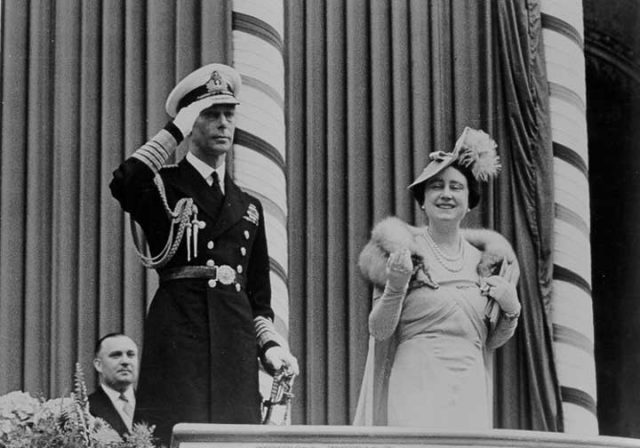
The visit was more than just a hearty handshake across the Atlantic. Hitler was a formidable enemy and American assistance was needed. By seeing the sights and pressing the flesh, it was hoped President Franklin D. Roosevelt would supply much-needed support.
Their hosts took them on a formal tour of Washington with all the whistles and bells that might be expected of such a momentous trip. However they also insisted on a down to earth approach that saw the King and Queen enjoying the countryside at Hyde Park.
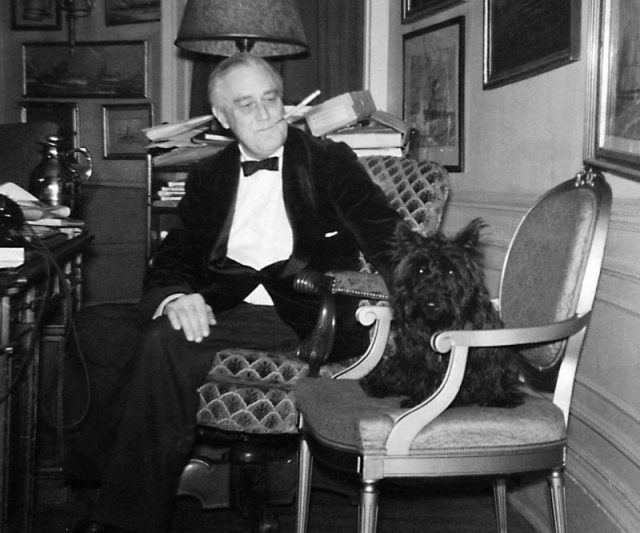
The Royals were no doubt familiar with Hyde Park, London. The American one was a little different, a town (FDR’s hometown in fact) bordering the Hudson River and part of Dutchess County New York.
The President’s cottage was the perfect venue to shoot the breeze and enjoy simpler fare than the banquets the guests had been used to. But what to serve at the picnic? The answer lay in a defining American meat product… the humble hot dog.
Writing in 2009, the New York Times said “the United States has developed over the years a disarming way to put its foreign guests at ease. It is to offer that most unassuming of American food items, one long associated with baseball, barbecues and occasional gastrointestinal distress.”
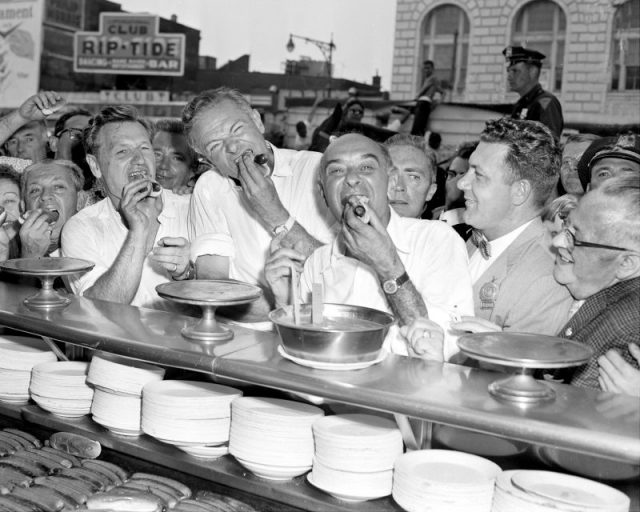
The historic face to face between King and President is thought to be the earliest example of this questionable foodstuff playing a role in world politics. Here it was hoped taste would overcome quality in this more relaxed setting, even though the food was served on a silver tray.
As outlined in a 2010 Mental Floss article, the menu consisted of dogs (“if weather permits”), ham, turkey, cranberry jelly, salad and strawberry shortcake.
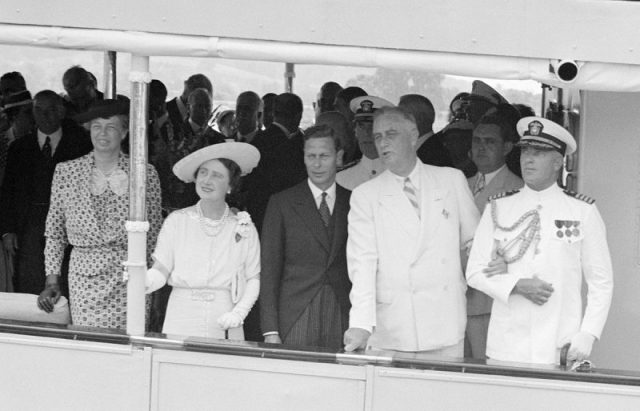
George was anxious about the meeting, not only because of what was at stake. As depicted by Colin Firth in the movie The King’s Speech (2010) he talked with a stutter and wasn’t confident at articulating himself.
Another film, 2012’s Hyde Park On Hudson, dramatized the meeting and showed George (Samuel West) worried about the business of eating the hot dog in front of others.
Roosevelt (Bill Murray) highlighted his paralysis — believed at the time to be polio, but subsequently GBS (Guillain–Barré syndrome) — to draw a comparison between the two leaders.
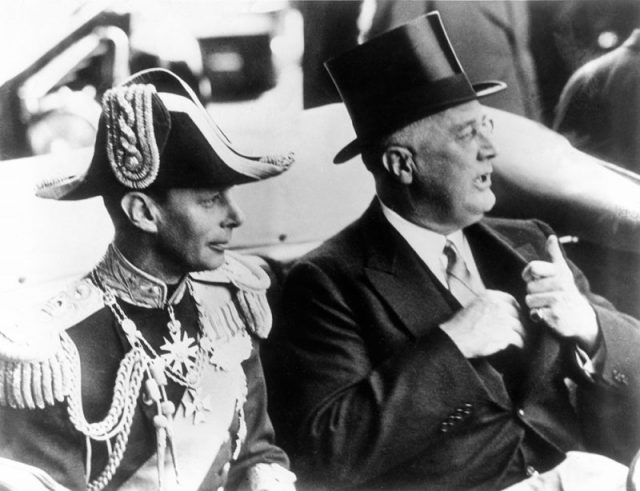
Close up of President Roosevelt and King George VI as they drive from Union Station to the White House. June 8, 1939.
In the end King George reportedly washed his dog down with a beer before going back for second helpings. The Queen, on the other hand, found it more a challenge.
Quoting Dan Barry in NYT, a 2017 Smithsonian.com piece detailed FDR’s straightforward recommendation to a head of state’s culinary inquiry. “According to one story, the queen supposedly asked Roosevelt how one ate a hotdog. ‘Very simple. Push it into your mouth and keep pushing it until it is all gone,’ he is said to have told her. She elected to use a knife and fork instead of taking this folksy advice.”
Following the clash of cultures and breaking of bread — or at least hot dog buns — the King and Queen returned home. President Roosevelt took to the airwaves over a year later in Christmas 1940 to announce the provision of supplies for the UK. Pearl Harbor a year later brought America squarely into the mix.
The hot dog played an exceedingly minor role in proceedings. But it would be called upon again, sometimes to thaw particularly frosty relations.
Soviet leader Nikita Khrushchev landed in the States in 1959. The Times describes how “At one point he stopped at a packing plant in Des Moines, where he ate his first hot dog — although at least one account says his first bite had to wait until security agents waved a Geiger counter over the dog. A mere cold war formality.”
A radioactive frankfurter would be a unusual way to get rid of someone. That said, the field of international intrigue has seen stranger.
The hot dog has proved useful to successive administrations over the years. It’s sustained Americans through ball games and national holidays. So as a key part of the nation’s identity it made perfect sense for the President to deploy the sausage, as what could almost be called a weapon of mass digestion.
